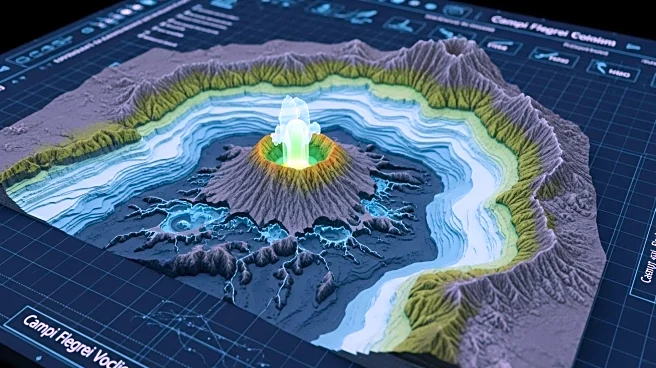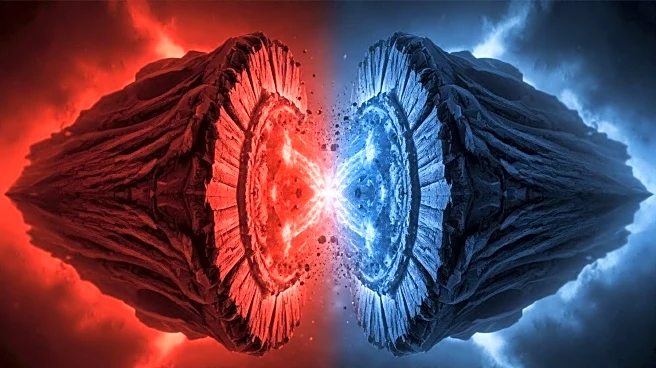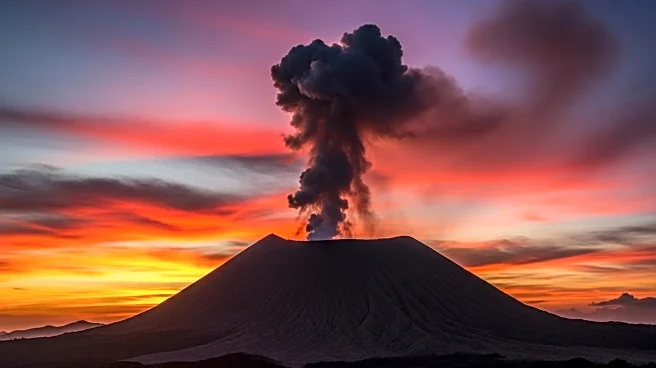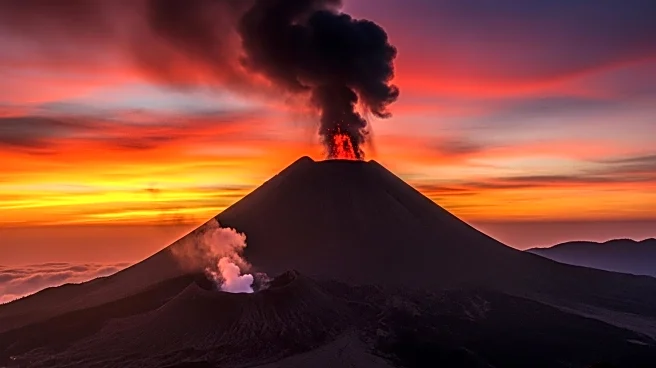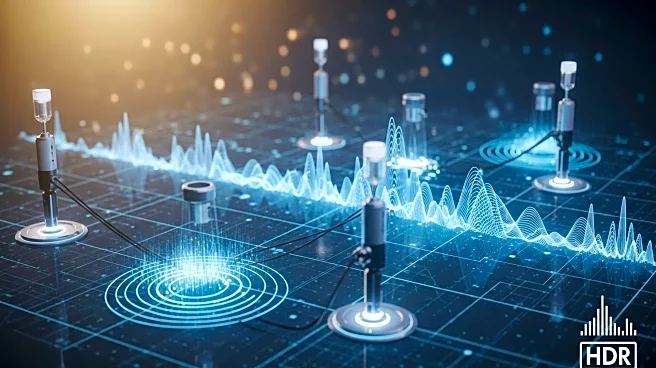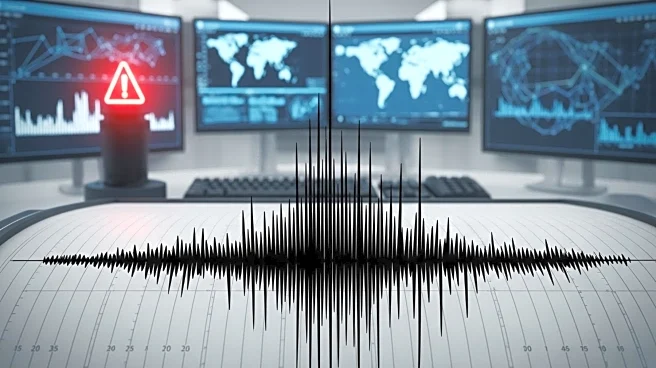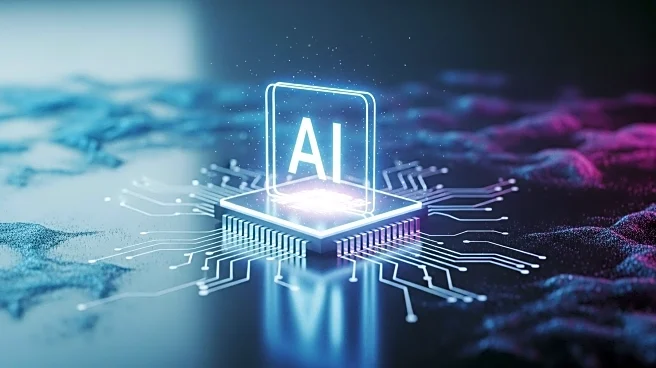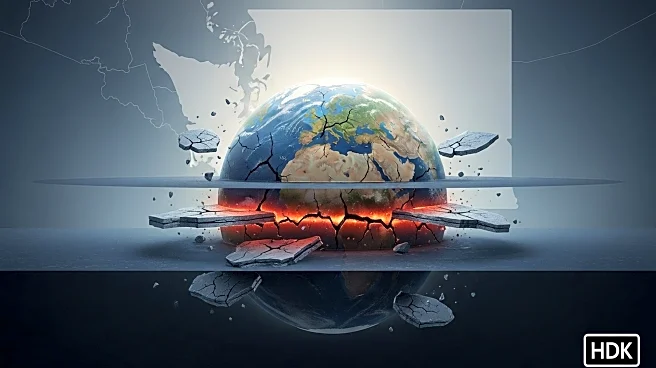What is the story about?
What's Happening?
An artificial intelligence model has revealed previously undetected geological structures at Italy's Campi Flegrei volcano, including a distinct 'ring fault' that could potentially trigger magnitude 5 earthquakes. The study, led by researchers at Stanford University, utilized AI to identify tens of thousands of seismic events that traditional methods had missed. This discovery highlights the presence of faults beneath Pozzuoli, a town near Naples, which could pose significant risks to the local population. The AI tool analyzed seismic activity from 2022 to 2025, revealing that three-quarters of earthquakes in the region went undetected by conventional methods. The findings suggest that the area is encircled by several faults, forming a well-marked 'ring fault' that extends offshore.
Why It's Important?
The discovery of hidden faults at Campi Flegrei is crucial for understanding the potential risks posed by seismic activity in the region. With over 360,000 people living within the volcano's caldera and approximately 1.5 million in the surrounding area, the identification of these faults could inform future safety measures and evacuation plans. The AI model's ability to detect previously unnoticed earthquakes provides a more comprehensive understanding of the volcano's behavior, which is essential for predicting future seismic events. This advancement in earthquake detection technology could significantly enhance monitoring efforts and improve public safety in regions prone to volcanic activity.
What's Next?
The findings from the AI model may lead to increased monitoring and preparedness efforts in the Campi Flegrei region. Researchers and local authorities might consider revising evacuation plans and safety protocols based on the newly identified faults. Additionally, the AI tool could be applied to other volcanoes worldwide to uncover hidden seismic activity and improve global earthquake detection capabilities. While the study does not provide new information about the likelihood or timing of an eruption, it emphasizes the importance of continued research and monitoring to mitigate potential risks.
Beyond the Headlines
The use of AI in geological research represents a significant shift in how scientists approach the study of seismic activity. By leveraging machine learning, researchers can analyze vast amounts of data more efficiently, uncovering patterns and structures that were previously invisible. This technological advancement not only enhances our understanding of volcanic behavior but also opens new avenues for predicting and managing natural disasters. The ethical implications of relying on AI for critical safety decisions must be considered, ensuring that human oversight remains integral to the process.
AI Generated Content
Do you find this article useful?
